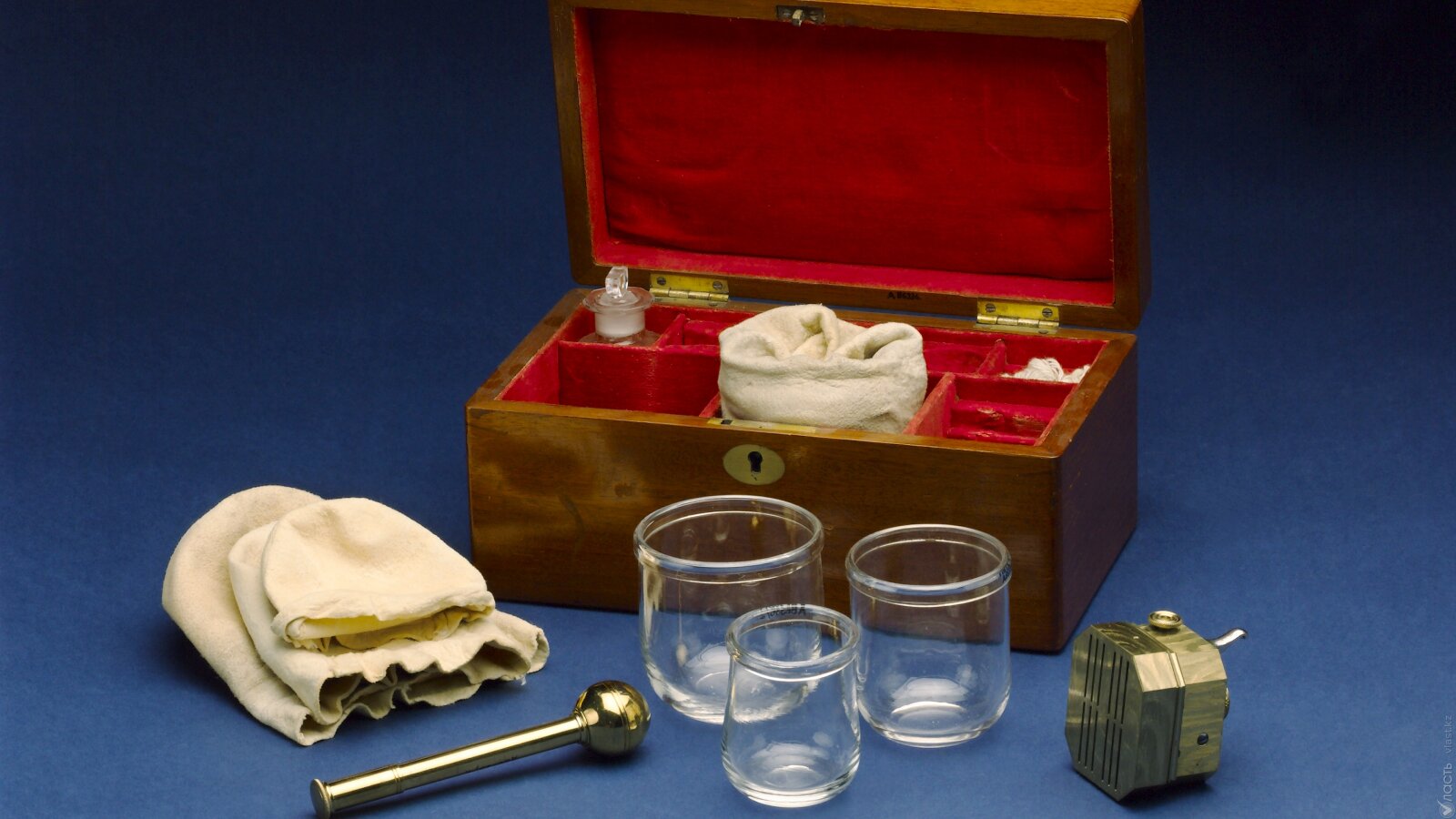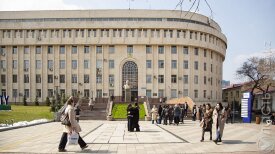Last week, for the first time in Kazakhstan’s healthcare history, doctors subscribing to the principles of scientific medicine united in the fight against Hijama, or cupping therapy, an unsafe treatment often used in traditional medicine. The medical community turned to the Ministry of Health requesting to keep in check the spreading of “alternative” medicine.
Just days before the petition, an Instagram video capturing the cupping of a child went viral. While this is an ancient method believed to cure diseases, the scientific community says its benefits are not supported by evidence. Several doctors signed a petition to the ministry asking to ban Hijama and other kinds of cupping therapy, especially on children, and to regulate those medical centers that practice “alternative” medicine. In one week, around 15,000 people have signed the petition.
The peak for “alternative” medicine was reached during the pandemic, when patients cured their COVID-19 infection with anything: Chinese drugs, ginger, self-prescribed antibiotics, cortisone, etc. It’s almost impossible not to stumble on some self-proclaimed nutritionist or immunologist on Instagram, who knows a magic trick or cure for a certain disease. Clinics devoted to this “new medicine” pop up like mushrooms, with their regimes of supplements and mysterious home-made drugs. In some shocking instances, the use of parasites is “prescribed”.
Ordinary doctors are the ones who then have to deal with the consequences of all this, which becomes a burden on the whole healthcare system.
Before waging war on “alternative” medicine, however, it is important to understand the origin of its popularity. And no, it’s not only about people’s ignorance. It’s also about the inaccessibility and complexity of science-backed medicine. It is much easier to go to a folk healer who will guess your illness and try to cure it with a prayer, instead of taking a blood sample or running an ultrasound scan. It takes minutes to sign up to a virtual appointment with a health blogger, who then prescribes a specific diet and some proprietary supplements. People are looking for simple solutions, and “alternative” medicine gives them just that. No matter the safety or effectiveness of the cure.
Plus, a chronic lack of trust in the government also translates into a dwindling trust for state-sponsored medicine. Especially when doctors sometimes prescribe science-backed treatments such as antibiotics, anti-inflammatory, aerosol medications, alongside a “mustard plaster” (yes, a mustard-infused removable plaster).
We seem to be coded to crave for the irrational, not just in terms of believing in the supernatural, but also in cups on our backs, spit in our eyes, leeches sucking our blood, or any kind of holy water.
We would do anything to save a life, but how do we know what could end up causing more harm than good? Maybe this is the way, maybe the Ministry of Health should make a list of the diseases that must not be cured with “alternative” medicine. It is key to understand that not all herbs are safe, or that a healer’s prayer is no substitute for chemotherapy. It is crucial to restore faith in science-backed medicine, for example in the vaccine. And this is a long, but necessary journey to undertake.
Поддержите журналистику, которой доверяют.








